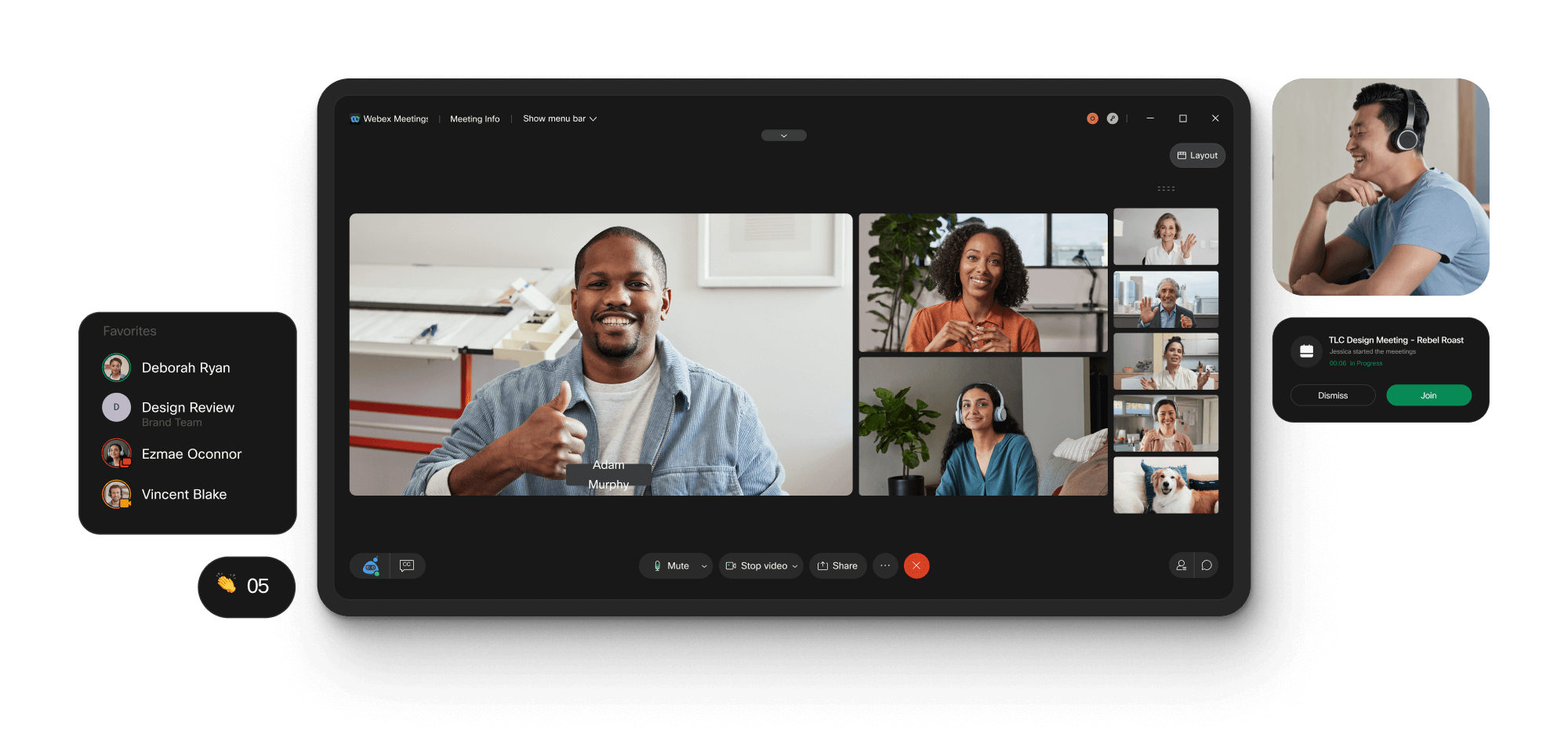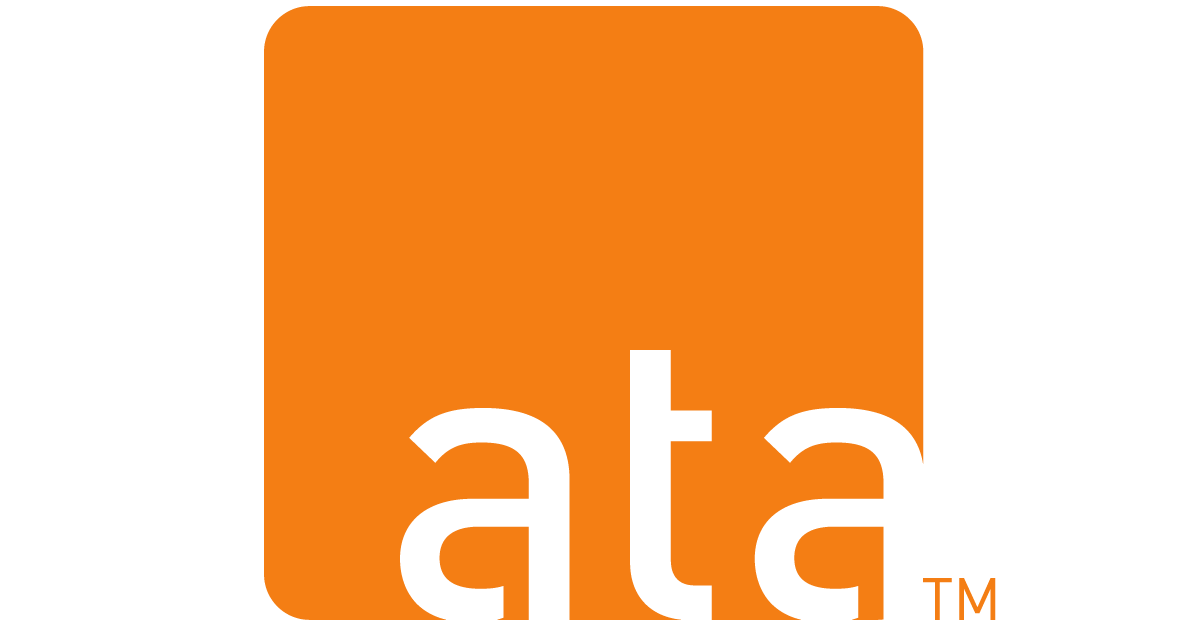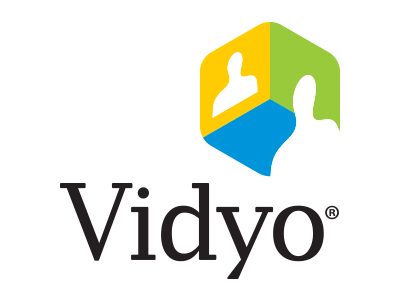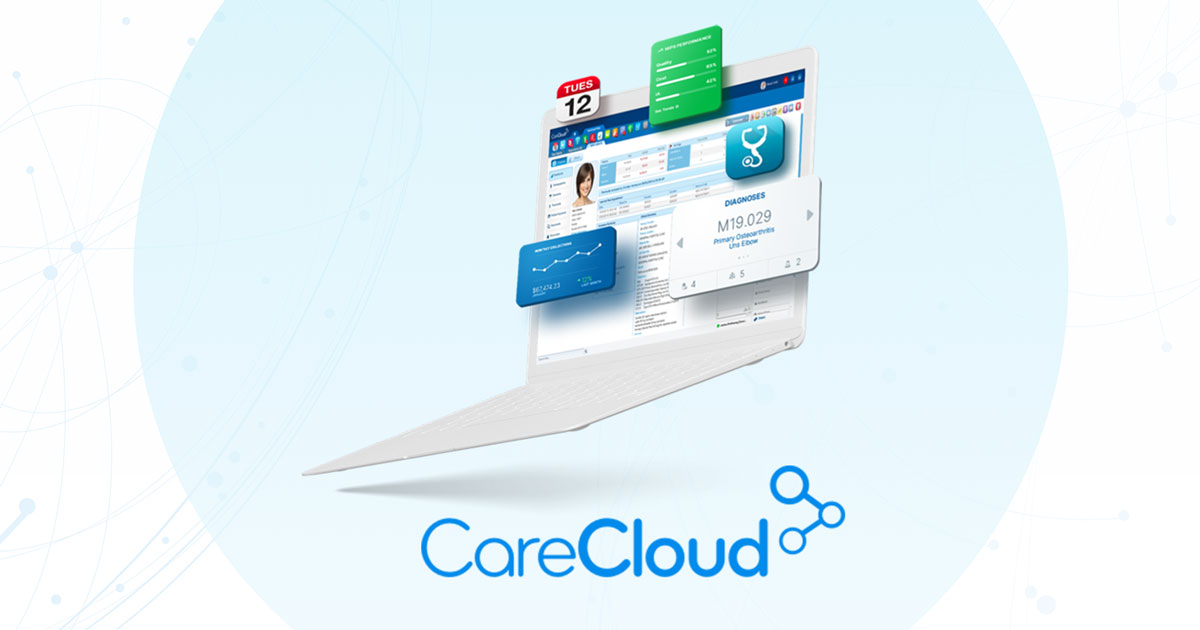Introduction
The COVID-19 pandemic accelerated the adoption of telemedicine as patients sought virtual care alternatives. While challenges remain around reimbursement, prescribing and care quality, telehealth is proving its value by improving access for rural and underserved communities. As technology evolves, telemedicine is positioned to play a growing role by connecting providers and streamlining care coordination. This guide reviews the leading solutions healthcare organizations should consider to enhance services, manage costs and support value-based care through remote care delivery and digital health tools.
Methods of Evaluation
To create this list of top telemedicine software, we evaluated platforms based on features, pricing, integration capabilities, security measures, customer reviews and client success stories. Additional consideration was given to a company’s market presence in terms of website traffic, number of backlinks and keyword ranking data to gauge mindshare and popularity within the industry. We also looked at each vendor’s vision for how their solutions can improve outcomes, lower costs and support whole-person care through digital health applications and remote monitoring technologies.
1. Zoom
Zoom is a familiar video conferencing software widely used during the COVID-19 pandemic. The company provides a platform for video and audio conferencing, chat, and webinars across mobile devices, desktops, telephones and room systems. Zoom’s mission is to make video communications frictionless and accessible to all. Their collaboration tools enable everyone to easily connect and engage with customers, employees, and prospects on any device.
Pros: Key advantages of Zoom’s telemedicine software include:
– Familiar platform already used by many healthcare providers
– Affordable pricing starting from free basic access to $150/month for larger organizations
– Reliable and stable platform with robust security features like encryption and waiting rooms
– Versatile platform that supports video, audio, chat and collaboration through mobile, desktop and conference room systems
Cons: One potential disadvantage is that as a general collaboration tool, Zoom may lack some specialized telehealth features compared to purpose-built telemedicine software
Pricing: Zoom offers a free basic option with time limits or a Start plan for $150/month that includes unlimited meetings and webinars for up to 100 participants. Additional premium plans are available for larger organizations and enterprise needs.
Some key stats about Zoom include:
– Over 300 million daily meeting participants as of April 2022
– Available in over 80 different languages globally
– Integrations with many healthcare EHR systems like Epic and Cerner
2. Cisco Webex
Cisco Webex is a leading video conferencing and collaboration software. With Webex, businesses can enable seamless hybrid work with features like online meetings, messaging, and calling. Webex has become the leader in collaboration solutions for enterprises of all sizes.
Pros: Some key advantages of Cisco Webex include:
– Advanced video conferencing features like virtual backgrounds, noise cancellation, and HD video quality
– Integrations with major EHR vendors like Epic and Cerner for telehealth
– Robust security features like AES-256 encryption and single sign-on
– Flexible pricing that scales from free personal accounts to $36/host/month for enterprise plans
Cons: One potential disadvantage is the entry-level pricing of $13.50/host/month may be too expensive for some smaller practices. However, Webex offers a free basic version for personal use as well.
Pricing: Cisco Webex offers several pricing plans:
– Free personal use
– Standard at $13.50/host/month
– Plus at $19.95/host/month
– Business at $24.95/host/month
– Enterprise starting at $36/host/month
Some key stats about Cisco Webex include:
– Over 750 million users globally
– Meetings hosted daily exceed 4 billion minutes
– Integrations with over 25 major EHR systems
– AES 256-bit encryption for secure video calls and meetings
3. Medtronic
Medtronic is a global leader in medical technology, services, and solutions. Founded in 1949 and headquartered in Dublin, Ireland, Medtronic employs more than 90,000 people worldwide to help address the most challenging health problems. Medtronic offers an integrated portfolio and continuum of care for cardiovascular and endocrine diseases. This includes medical devices, surgical and interventional solutions, along with services to help optimize care for patients. Their platforms aim to aid healthcare providers deliver better outcomes for patients worldwide.
Pros: Some key advantages of Medtronic’s digital health solutions include:
– Leading medical device manufacturer with trust and reputation
– Ability to integrate data from various Medtronic devices into their platforms
– Remote monitoring capabilities for conditions like diabetes and heart disease
– Options to share data with healthcare providers to aid management of chronic conditions
Cons: A potential disadvantage is that Medtronic’s platforms are primarily focused on conditions that use Medtronic medical devices. This may limit the scope for some users compared to more general telemedicine platforms.
Pricing: Medtronic does not publicly disclose pricing for all their digital health solutions. Pricing is typically negotiated directly with healthcare providers, insurers, and enterprise accounts. Individual users may have limited direct access to Medtronic platforms without a provider account.
Some key stats about Medtronic’s digital health platforms include:
– Over 50 million patients enrolled globally across their platforms
– Their myCareLink Heart cloud-based platform connects over 500,000 patients with chronic conditions
– Their Sugar.IQ diabetes management app has over 1 million users
4. doxy.me
Doxy.me is a HIPAA compliant telemedicine software that provides video conferencing solutions for healthcare providers. Founded in 2015, Doxy.me has quickly become one of the leading telehealth platforms, with over 1 million medical professionals using their services. Their mission is to make telehealth accessible for all through a simple and affordable solution.
Pros: Some of the key advantages of Doxy.me include:
– Easy to use interface that takes less than 60 seconds to sign up
– Wide range of functionality including online visits, prescription writing, referrals and more
– Affordable pricing starting from just $15/month
– Customizable patient portal for booking and checking-in for appointments
– HIPAA compliant video conferencing tools
Cons: One potential disadvantage is that the free plan has limited functionality compared to the paid plans. For some medical practices, they may need additional features only available in the paid tiers.
Pricing: Doxy.me offers three pricing tiers:
– Free plan: Supports up to 10 provider accounts and limited functionality
– Plus plan: $15/month and supports up to 50 provider accounts
– Pro plan: $49/month and offers unlimited provider accounts as well as advanced features like group scheduling and EHR integrations
Some key stats about Doxy.me include:
– Over 1 million medical providers have used Doxy.me
– Used in over 75 countries worldwide
– Offers free and paid subscription plans
– Integrates with over 30 EHR systems
– Average patient satisfaction rating of 4.8/5 stars
5. Teladoc
Teladoc is the global leader in telehealth, serving over 50 million members worldwide. Founded in 2002, Teladoc has grown to offer virtual care in over 175 countries with a network of over 50,000 licensed medical professionals.
Pros: Key advantages of Teladoc include:
– 24/7 access to medical providers via phone or video for non-emergency care
– Integrations with major health insurers and employers for easy access
– Secure platform that can scale to support large organizations
– Global coverage and access to care from anywhere in the world
Cons: One potential disadvantage is that without a physical exam, it may be harder for providers to diagnose certain conditions. However, Teladoc aims to offer a convenient first-line of care for non-emergency situations.
Pricing: Teladoc offers different pricing plans depending on organization size and needs. Pricing is typicallysubscription based on a per-member per-month basis. Plans include unlimited medical visits and certain integrations may be included depending on the specific package.
Some key stats about Teladoc include:
– Serves over 50 million members worldwide
– Provides care in over 175 countries
– Network of over 50,000 licensed medical professionals
– The largest telehealth company globally
6. Amwell
Amwell is a leading telemedicine platform for both consumers and healthcare organizations. Founded in 2006, Amwell powers virtual care for over 2,500 hospitals and health systems as well as leading insurers. Their software platform enables video and mobile care, as well as supportive functionalities like scheduling and waiting rooms.
Pros: Some key advantages of Amwell include:
– Enterprise-grade platform built for large organizations and health systems
– Built-in scheduling and waiting room functionality for streamlined virtual visits
– Seamlessly integrates with major EHRs like Epic and Cerner for interoperability
– Scaled to support high patient volumes with reliable performance
Cons: One potential disadvantage is the upfront investment and customization required for larger deployments with Amwell’s enterprise solution.
Pricing: Amwell offers flexible pricing models including per-provider licensing, per-visit fees, and enterprise wide site licensing for health systems. Pricing is typically negotiated based on deployment size and customization requirements.
Some key stats about Amwell include:
– Serves over 100 million people globally
– Delivers over 5 million virtual visits annually
– Integrated with over 45 electronic health record systems
7. American Telemedicine Association
The American Telemedicine Association (ATA) is a leading trade association working to eliminate barriers to telemedicine. Founded in 1993, the ATA is the only organization completely focused on advancing telehealth. Their mission is to ensure that everyone has access to safe, affordable, and effective healthcare when and where they need it.
Pros: Some key advantages of the ATA include: promoting telehealth adoption through active policy reform advocacy; serving as a leading source of information, standards, and best practices for telemedicine; and certifying telehealth programs and professionals to advance quality and interoperability.
Cons: As a trade association, the ATA does not directly provide telemedicine technologies or services. Their value is primarily in advocacy, policy, education, and standard-setting rather than the delivery of care or development of software/hardware.
Pricing: The ATA offers individual and organizational memberships. Pricing varies based on organization size and type but starts at around $150 per year for an individual membership. Membership provides access to educational resources, telehealth news, networking opportunities, and influence on policy through the ATA’s advocacy efforts.
The ATA represents over 7,000 members across telemedicine organizations, healthcare systems, and technology companies. They advocate for responsible policy to promote the adoption of telehealth at both the state and federal level. In addition, the ATA provides education, resources, and certification programs to help professionals implement and deliver virtual care.
8. Babylon Health
Babylon Health is a leading telehealth company that provides AI-powered virtual care services. Founded in 2013 and based in London, Babylon uses advanced artificial intelligence and machine learning technologies to power its digital-first clinical services. Their mission is to make high-quality healthcare accessible and affordable for every person on Earth.
Pros: Some of the main advantages of Babylon Health’s telemedicine software include:
– Advanced AI capabilities that can help diagnose issues and recommend treatments
– Focus on reducing overall healthcare costs through predictive analytics and preventative care
– Potential to revolutionize healthcare systems globally by making quality care more accessible and affordable
Cons: A potential disadvantage is that the AI is still in development and may not be as accurate as an in-person physician evaluation in all cases. Reliance on technology could also be an issue in areas or for users with unreliable internet connectivity.
Pricing: Babylon Health offers customized pricing packages for health systems, employers and other organizations. Pricing is often based on a per-user per-month subscription model but can vary depending on the specific services and integrations required.
Some key stats about Babylon Health include:
– Over 5 million consultations conducted globally
– Operations in the UK, Rwanda, the US, Canada and several other countries
– AI ‘virtual physician’ can analyze symptoms, perform risk assessments and provide treatment recommendations to patients
– Integrated services including chatbots, video consultations and the Babylon 360 mobile app
Babylon powered by eMed | eMed UKbabylonhealth.com
9. PatientPop
PatientPop is an all-in-one telehealth and practice management software for healthcare providers. Founded in 2005, PatientPop helps over 5,000 healthcare practices attract, engage and retain patients through cutting-edge technology. Their integrated telemedicine solution streamlines key workflows like online booking, payments and virtual visits to deliver a seamless patient experience.
Pros: Key advantages of PatientPop include:
– It offers an all-in-one platform for online booking, payments, billing, virtual visits and more
– Built-in waiting room and video conferencing capabilities save time on setup
– Integrated payments allow practices to accept insurance, payments and handle billing in one place
– Scheduling widgets can be embedded on any website or mobile app for 24/7 booking
Cons: The main disadvantage is that the full features of PatientPop require a paid subscription. The free version only allows basic booking and communications.
Pricing: PatientPop offers various subscription plans starting from $99 per month. Additional services like EHR integration, custom branding and priority support are available in higher tier plans. There is also a free 30 day trial available to test the platform.
Some key stats about PatientPop include:
– Over 5,000 healthcare practices use PatientPop globally
– processed over $1 billion in payments
– average customer experience rating of 4.9/5 stars
10. SimplePractice
SimplePractice is an all-in-one healthcare software solution that provides EHR, practice management, billing and telehealth capabilities. Founded in 2011, SimplePractice is now used by over 185,000 health and wellness professionals. It aims to simplify running a private practice through its user-friendly and customizable platform.
Pros: Key advantages of SimplePractice include: it offers an all-in-one solution for EHR, billing, scheduling and telehealth in one integrated system, it provides customizable templates and workflows to fit individual practice needs, it integrates with many third party apps and services through its open API, it offers responsive customer support.
Cons: A potential disadvantage is its pricing starting at $99 per month may not be suitable for smaller or lower budget practices.
Pricing: SimplePractice offers 3 pricing tiers: Basic starting at $99 per month, Advanced starting at $149 per month, and Enterprise starting at $299 per month. All tiers include EHR, billing, scheduling and telehealth capabilities. The more expensive tiers provide additional features like more client capacity and priority support.
Some key stats about SimplePractice include: it is used by over 185,000 health and wellness professionals, it has customizable templates and workflows, it integrates with many third party apps through its open API, and it has been operating since 2011 providing web-based practice management solutions.
11. PlushCare
PlushCare is a telehealth provider that offers 24/7 on-demand access to medical care via video calls or phone for minor illnesses, prescriptions refills, mental health support and more. Founded in 2013, PlushCare aims to make quality healthcare more accessible and affordable for everyone.
Pros: Some key advantages of PlushCare include:
– 24/7 on-demand access to doctors for minor illnesses and other non-emergency issues
– Automatic prescription renewal reminders
– Sleek patient-facing app and website for easy access to services
– Integrations with health trackers like Fitbit and Apple Health allows doctors to see patient data
Cons: One potential downside is that it only offers treatment for minor and non-emergency medical issues. Patients requiring complex care or in-person exams may still need to visit a doctor in-person.
Pricing: PlushCare offers various membership tiers starting from $59 per month which provides access to unlimited telehealth visits with a network of doctors. Additional services like therapy or psychiatry are billed separately on a per visit fee. However, they also accept insurance and many major insurance plans are covered.
Some key stats about PlushCare include:
– Serves over 1 million patients across the US
– Over 250 board-certified doctors available via their network
– Established partnerships with over 150 insurance plans and employers
– Patients can be seen typically within an hour of requesting an appointment
12. Vidyo
Vidyo is a leading provider of video communication solutions. Founded in 2007, Vidyo has developed a powerful video conferencing platform that enables high-quality video, audio and content sharing across various devices and network conditions. Vidyo’s video conferencing technology is used by thousands of organizations worldwide across various industries including healthcare, education and government.
Pros: Some key advantages of Vidyo include:
– Leading unified communication platform with reliable connectivity for large enterprises
– Secure and HIPAA compliant video conferencing technology
– Easy integration with major EHR systems for telehealth workflows
– Superior video quality even in low bandwidth conditions
Cons: The primary disadvantage of Vidyo is its enterprise-level pricing which may be too expensive for some smaller practices and organizations.
Pricing: Vidyo pricing starts at $60 per user per month for the basic VidyoConnect version. Enterprise plans with additional features like recording and support are available for $80-100 per user depending on the number of users.
Some key stats about Vidyo include:
– Supports over 1 billion devices worldwide
– Supports up to 500 participants in a single video conference
– Integrated with over 45 EHR systems including Epic, Cerner and Allscripts
– 99.999% uptime SLA
– HIPAA and GDPR compliant security
13. iCliniq
iCliniq is a leading telemedicine software provider that connects patients to doctors online. Founded in 2014, iCliniq has quickly grown to become one of the top telemedicine platforms, facilitating millions of online consultations between patients and medical experts. iCliniq aims to provide consumers access to affordable, high-quality healthcare anywhere through its HIPAA compliant platform.
Pros: Some key advantages of the iCliniq telemedicine platform include:
– Secure and HIPAA compliant physician marketplace.
– Connects providers, clinical labs, and consumers through its integrated platform.
– Focuses on peer-to-peer specialist consults to ensure patients receive specialized care.
– Provides affordable access to quality healthcare anytime, anywhere.
– Saves patients time and money by reducing the need for unnecessary in-person visits.
Cons: One potential disadvantage is the platform is still working to onboard specialists in some specific medical fields like neurology or oncology. This could limit options for patients needing consultations from highly specialized doctors.
Pricing: iCliniq offers flexible payment options for both providers and patients. For consumers, online consultations typically range from $40-75 depending on the type of visit and doctor specialty. iCliniq also offers volume-based pricing and bundled packages for larger organizations and employers.
Some key stats about iCliniq include:
– Over 4,500 verified doctors on the platform from more than 80 medical specialties.
– Facilitates thousands of online medical consultations per day.
– Available in the United States, United Kingdom, Canada, and India.
– Offers online doctor consultations via video, phone, or live chat.
– Also offers integrated clinical lab testing and prescription delivery.
– Claims over 95% customer satisfaction rate.
14. CareCloud
CareCloud is an all-in-one cloud-based healthcare platform for medical practices. Their solutions include EHR, telehealth, medical billing and patient engagement tools to help practices improve operations and patient care.
Pros: Some key advantages of CareCloud include:
– All-in-one system that combines EHR, telehealth, billing and patient experience in one platform
– Built-in telehealth tools and workflows that seamlessly integrate with in-office visits
– Complex billing and payment workflows supported including denials management
– Flexible platform that supports both small and large specialty practice needs
Cons: One potential disadvantage is the monthly subscription pricing model which requires ongoing costs compared to one-time software licenses.
Pricing: CareCloud pricing starts at $99/provider/month for their essentials EHR package. Telehealth and other add-on modules have additional per provider monthly costs. They also offer customized enterprise pricing plans for larger organizations.
Some key stats about CareCloud include:
– Over 18,000 medical practices use CareCloud globally
– Supports over 50 specialty types including dermatology, ophthalmology, cardiology etc.
– Processes over $9B in medical claims annually
– 24/7 telehealth support with 99.9% uptime
15. K Health
K Health provides advanced telemedicine software that enables 24/7 access to high-quality medical care. Founded in 2017, K Health pairs clinicians with artificial intelligence technology to diagnose and treat patients remotely.
Pros: Some key advantages of K Health include:
– AI-powered diagnostic chatbot allows patients to describe symptoms and get insights into possible conditions
– The AI can determine if a condition requires a follow up telehealth visit with a medical professional
– Partnerships with telehealth providers gives patients access to top doctors and therapists for video visits
Cons: One potential disadvantage is that as an AI-first platform, it may not be able to diagnose very complex or rare medical conditions that require specialized testing or examination. For those cases, an in-person doctor visit would still be necessary.
Pricing: K Health offers a free basic account with diagnostic chatbot access. For unlimited consultations with medical professionals, plans start at $29/month for individuals or $49/month for families.
Some key stats about K Health include:
– Over 1 million users seen to date via the app
– Uses AI to initially screen patients and determine if a condition requires a visit with a medical professional
– Partners with leading telehealth providers to connect patients with licensed doctors and therapists
Conclusion
Telemedicine continues growing in importance as a means of improving access and transitioning healthcare delivery towards virtual and hybrid care models. The platforms highlighted offer best-in-class solutions healthcare organizations should explore to enhance their digital strategies. Consider your unique needs and priorities when choosing technology partners that are well-positioned help you deliver high quality, convenient care through virtual and digital health-enabled solutions.

















